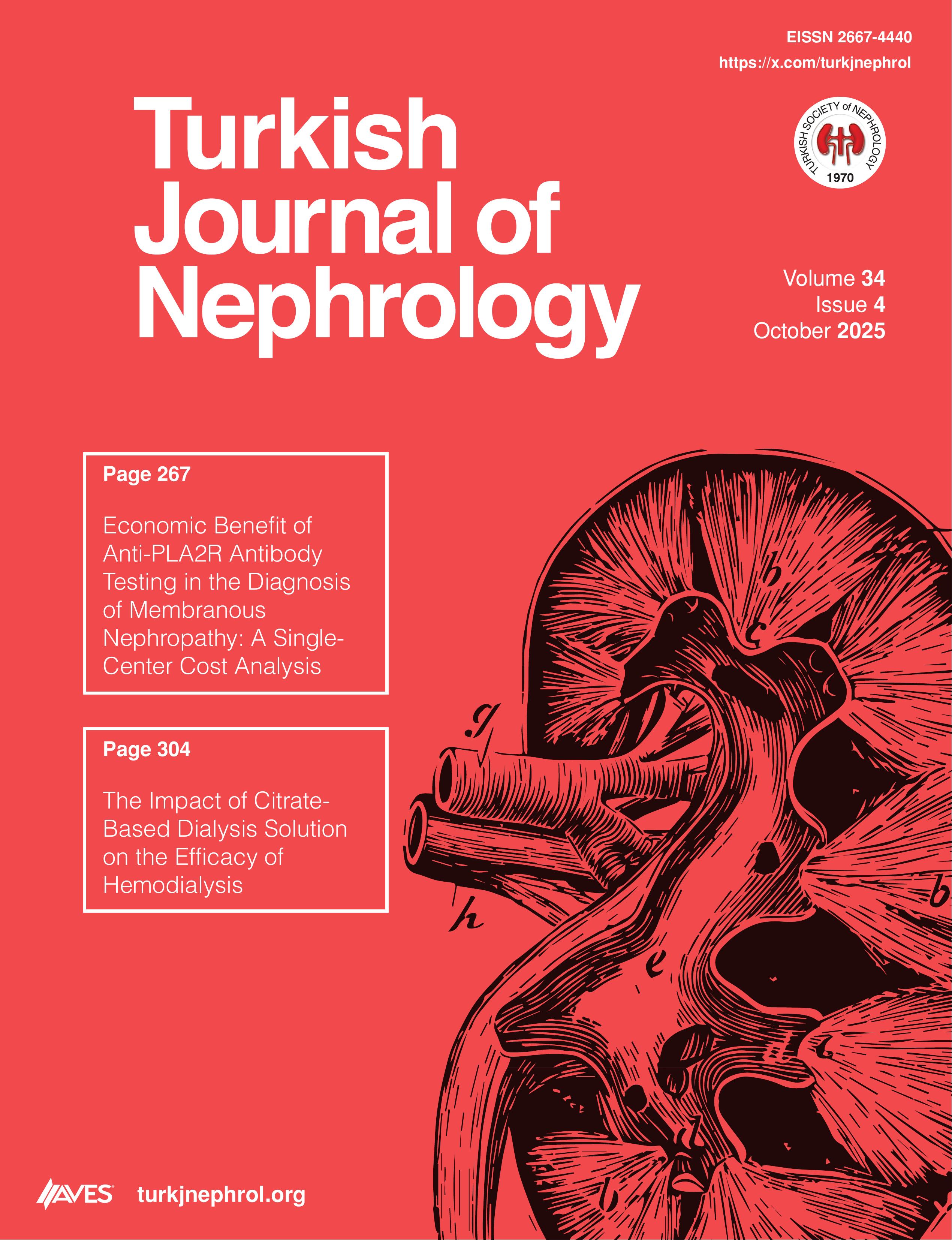Hypertension that occurs during or after a hemodialysis (HD) session is called intradialytic hypertension (ID-HTN). Intradialytic hypertension affects 15% of HD patients, more often in older adults with lower dry weights, using antihypertensive medications, and with lower blood creatinine. Intradialytic hypertension independently increases hospitalization and death rates. Fluid overload, excessive sympathetic activity, concentration of dialysate components, renin-angiotensin system activation, inflammatory processes, and endothelial cell dysfunction are possible risk factors and mechanisms that may cause ID-HTN. Dry weight control, avoiding dialyzable antihypertensive drugs, restricting high-calcium dialy sate usage, sodium solute elimination, and renin-angiotensin-aldosterone system inhibitors or endothelin 1 antagonists during HD sessions are preventive and therapeutic approaches. Scopus, Google Scholar, PubMed, and Google for articles published during the last 3 decades were searched for epidemiology, prognostic implications, plausible causes, preventative tactics, and therapies. Keywords and texts such as HD complications, blood pressure variations during HD, intradialytic hypertension, antihypertensive medication and HD, dry weight, and HD blood pressure variability were used were searched. Intradialytic hypertension should be taken more seriously since it can be avoided and treated because it affects patients’ life quality and survival. Further studies are required to understand its pathogenesis, therapy, and whether treating ID-HTN improves patient outcomes.
Cite this article as: Habas E, Habas A, Errayes A, et al. Intradialytic hypertension: pathogenesis and treatment update; review. Turk J Nephrol. 2025;34(3):149-159.

.png)


.png)

.png)